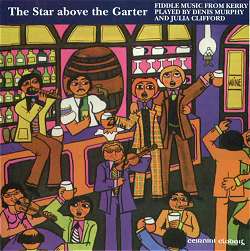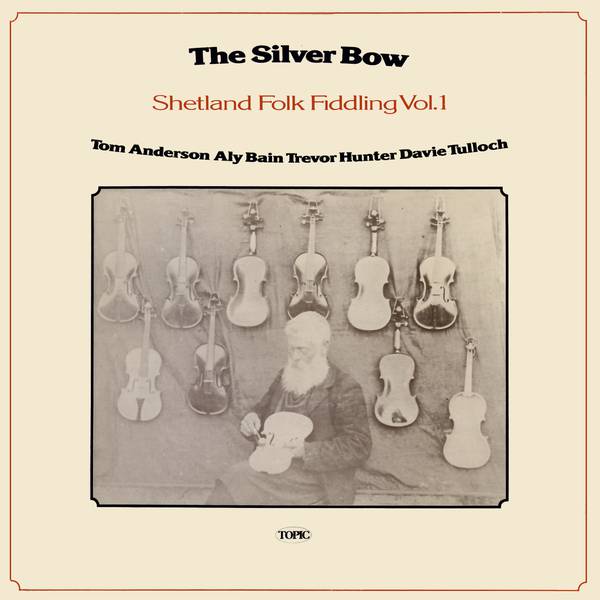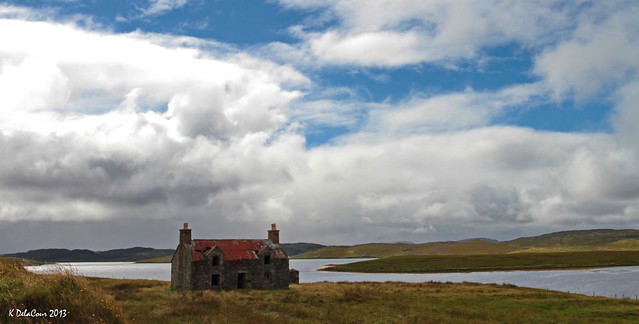 We began the term with the first of a pair of jigs that are associated with Irish fiddler Tom Billy Murphy. Tom Billy (1879-1944) was from the Sliabh Luachra (“Rushy Mountain”) are on the Cork and Kerry border and is particularly known for its polkas and slides.
We began the term with the first of a pair of jigs that are associated with Irish fiddler Tom Billy Murphy. Tom Billy (1879-1944) was from the Sliabh Luachra (“Rushy Mountain”) are on the Cork and Kerry border and is particularly known for its polkas and slides.
The number of noted fiddlers from the area include Julia Clifford, Denis Murphy and Padraig O’Keeffe. Tom Billy never recorded, but he was an influential teacher and many tunes are associated with him or bear his name.
There is some introductory background information on Tom Billy on the Fiddle List archives and in this extract from The Cork Examiner. This excellent RTE radio documentary goes into more detail:
This PDF by Brendan Taafe talks a bit about the music and background of Sliabh Luachra, while this interview with fiddle teacher Matt Crannitch discusses the musical importance of the area.
I think that I first heard this jig played with another Tom Billy’s tune that we will also learn. Fiddlers Doug Patience (Edinburgh, now Co. Clare), Bernie Stocks (Belfast) and Davy Muir (Glasgow, now Christchurch, New Zealand), are just some of the people who I first learned play them. I think they were first put together by Denis Murphy and Julia Clifford on their recording The Star Above the Garter.
Resources for this tune are now on the Resources page.


 S’iomadh Rud A Chunnaic Mi (Many’s the Thing I Saw) is the latest Slow and Steady tune and is a piece of port a beul (mouth music) that is also a reel. The largely straightforward construction of this tune makes it suitable for getting to grips with the rhythm of the reel.
S’iomadh Rud A Chunnaic Mi (Many’s the Thing I Saw) is the latest Slow and Steady tune and is a piece of port a beul (mouth music) that is also a reel. The largely straightforward construction of this tune makes it suitable for getting to grips with the rhythm of the reel. Last night the Improvers and Beyond class learned Charlie O’Neill’s No.2, the third and final tune of a set comprising a strathspey and two Donegal highlands. The other tunes are Bidh Eoin and Charlie O’Neill’s No. 1.
Last night the Improvers and Beyond class learned Charlie O’Neill’s No.2, the third and final tune of a set comprising a strathspey and two Donegal highlands. The other tunes are Bidh Eoin and Charlie O’Neill’s No. 1.